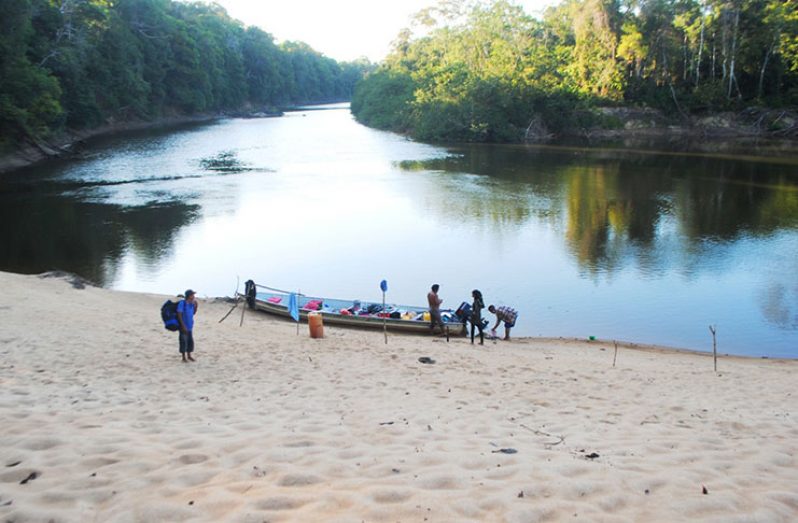IN the past, tour operators from the coastland would transport the curious to the village of Rewa in the North Rupununi to enjoy the breathtaking views and the rich flora and fauna there.
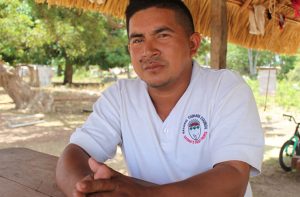
Today, the predominantly Macushi village of 309 residents has established its own tourism model, one which has seen not only foreigners, but locals booking for stays at the village annually.
“Right now we are over-booked,” Toshao Garnar Edwards, told the Guyana Chronicle during a recent interview in the North Rupununi.
In 2005, in an effort to protect its land for future generations, Rewa village founded its own eco-lodge with a community grant provided by Conservation International. This was the first step in making use of its rich tourism potential.
The small village, which is positioned at the confluence of the Rewa and Rupununi Rivers, is one of several which have capitalised on its biodiversity to raise funds for immediate and future projects.
And while government has funded several initiatives geared at developing the commune, the residents have taken on the responsibility to ensure the village is independent and thriving.
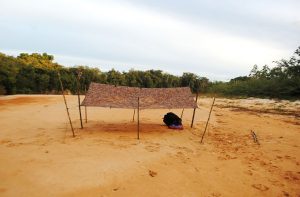
“For each year since our project started, sometimes we have expenses, so we would make and sometimes we lose,” Edwards said. However, he noted that it is a profitable business.
“For the year 2017 we made $77M through tourism and we plan to use it to do projects,” he said. The village council markets its tourism products via the World Wide Web at https://www.rewaecolodge.com/#welcome-to-rewa.
As captain of the village which also has Patamona and Wapishana residents, Rewa’s young leader said the council has undertaken a number of projects under his watch. These include the construction of several lodges to cater for additional tourists.
He said the $5M project for which it received government funding, saw the village constructing three lodges and, according to him, the quarters were already booked at the time of interview.
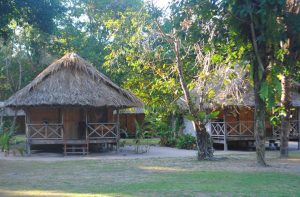
“We saw that the business was losing but now we have boosted the accommodation,” Edwards said. He noted that in the past, there were only three cabins at Rewa and these could have only accommodated 15 persons while the requests from tourists were high.
Edwards said at this time of year, the dry season, the village would receive bookings from nature lovers, while during the wet weather there is a drop in bookings.
“We have birders, persons who do sport-fishing and such activities and they come to us during the dry weather,” he said.
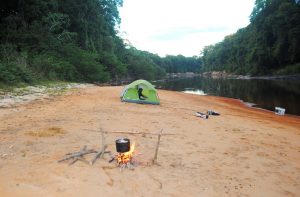
Rewa is accessible via the Kwatamang Landing near Annai, as well as from Apoteri where clients travel by air from the coastland, then by boat to the village.
Edwards said one of the major challenges the business faces is the lack of an air service to nearby Annai which in the past complimented Rewa’s tourism drive.
He said in the past, clients would visit the village via air travel to the Annai airstrip. After the local airlines cut their services to the area, tourists are now forced to make the trip from the town of Lethem, a trip which lasts more than three hours from the village, and which is more costly.
The current arrangement would see drivers hired by Rewa, travel to Lethem for passengers and then head to the Kwatamang Landing. The trip can cost as much as US$100 per hire.
At the moment, the village council is utilising its funds to bolster the infrastructure, as well as essential services in the area. The villagers also gain through produce such as cassava and ground provisions which they cultivate and sell to the council. The village council also channels monies towards the education system whereby the funds are provided to the nursery and primary school.
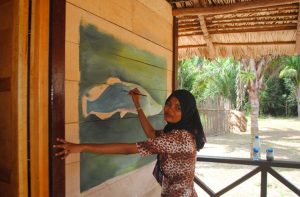
“Tourism helps the community a lot, it finances the education system when we are short of funds, so I can say that it is utilised to help the community,” Edwards said.
The village leader expressed appreciation to Minister of Indigenous Peoples’ Affairs, Sydney Allicock, who prior to taking up his current portfolio, assisted Rewa in crafting its own tourism model.





.jpg)


